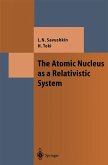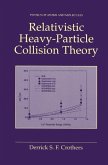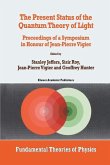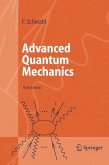When one approaches the study of the quantal relativistic theory of the electron, one may be surprised by the gap which lies between the frame of the experiments, i.e. the real geometry of the space and time, and the abstraction of the complex matrices and spinors formalism employed in the presentation of the theory. This book uses a theory of the electron, introduced by David Hestenes, in which the mathematical language is the same as the one of the geometry of the space and time. Such a language not only allows one to find again the well known results concerning the one-electron atoms theory but furthermore leads easily to the resolution of problems considered for a long time without solution.
Dieser Download kann aus rechtlichen Gründen nur mit Rechnungsadresse in A, B, BG, CY, CZ, D, DK, EW, E, FIN, F, GR, HR, H, IRL, I, LT, L, LR, M, NL, PL, P, R, S, SLO, SK ausgeliefert werden.









